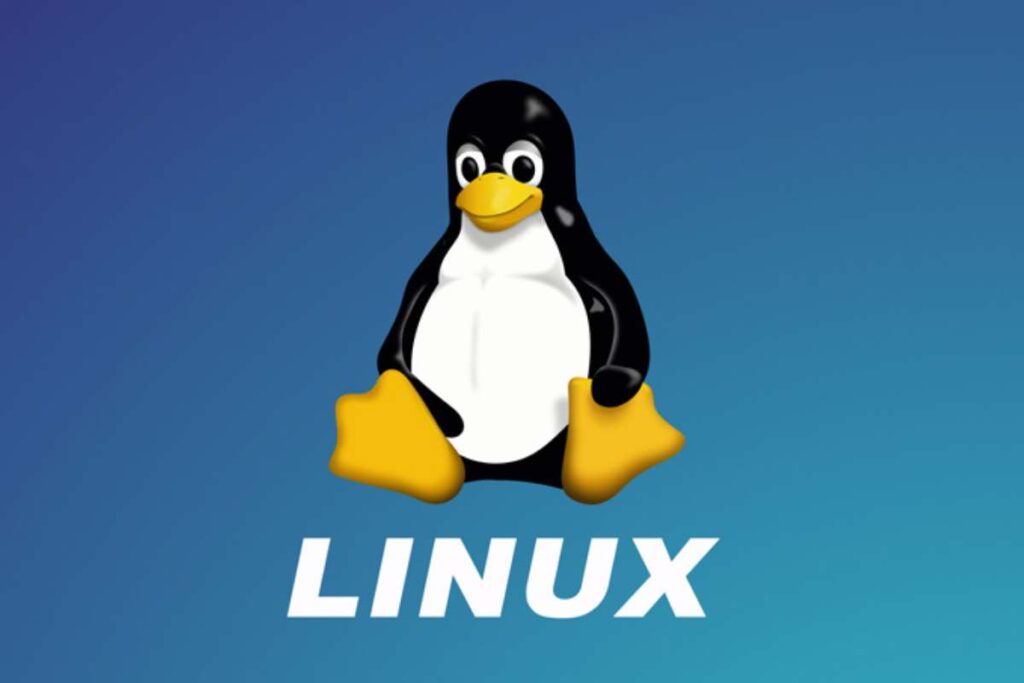Desktop Linux developers could see adoption grow in 2025 despite the lack of commercial marketing strategies that leverage the benefits of Linux running on consumer PCs.
The New Year brings a major decision for millions of computer users worldwide. In just 10 months, Microsoft will end support for Windows 10, leaving users with three options: upgrade to Windows 11 (if possible), pay for a subscription for extended security support, or explore alternative computing solutions.
Microsoft hopes many Windows 10 users will relentlessly buy new, powerful devices that meet the Windows 11 upgrade requirements. For those who don’t want to do so, the search for alternatives begins.
Switching to Linux offers convenience and cost savings. Upgrading to Linux is free, and you can install it on existing hardware to replace Windows.
Options available only to Windows 10 users include switching to expensive macOS devices or ChromeOS laptops, a more expensive cloud environment. Another proven alternative is to let Linux breathe new life into existing hardware with a free, customizable operating system.
With Windows 10’s security update and support deadline approaching October 4, 2025, Linux developers see the potential for Windows users to migrate, potentially marking 2025 as the “Year of the Linux Desktop.” According to a recent Forbes article, “an estimated 900 million Windows 10 users still have it,” representing a significant opportunity for Linux adoption.
These potential Linux alternatives will be joined by existing Linux users exploring upgrade options for other distributions. Unlike Microsoft and Apple platforms, Linux is not a single operating system. Instead, it offers dozens of highly customizable distributions with features and desktop environments, giving users unprecedented customization options.
Its diverse ecosystem offers options for various needs, giving users unprecedented flexibility in shaping their computing experience. Specialized tools allow avid Windows fans to run their favorite Microsoft programs on a Linux desktop.
Exploring Linux Without Installing It
One of my favorite Linux learning sites was DistroTest.net, which closed a few years ago. It was a new way to try dozens of Linux desktops and browser tabs. I could choose from about 300 Linux distributions that ran in a virtual machine (VM) on a hosted site without any installation or configuration.
Some websites offer similar experiences using emulators. These platforms contain computer programs that allow a computer system to simulate the functions of another system. This online tool makes it easy for Windows 10 users who are hesitant to upgrade and Linux users who want to try something new. They provide ease of use while exploring a variety of Linux distributions, from beginner-friendly options to advanced environments.
Setting up and using emulators on your computer can be difficult for inexperienced computer users to master. However, several user-friendly options allow you to explore Linux operating systems for free and fully functional, all from the comfort of your browser on any other computer network you use.
Although smaller, Linux web products allow you to install a sample of Linux without installing it on your computer. This feature allows potential new users to test Linux distributions in their web browsers without downloading and configuring files. All you need is Internet links and a web browser.
Online Emulators To Help Find Linux Gems
Unfortunately, there is no real alternative to DistroTest.net. Linux developers lack a commercial marketing approach to drive adoption, as no company has a Linux OS. If developers offer an emulator tool on their website, users can quickly test a version of Linux before downloading and installing it on their computers.
These four websites help fill the gap in choosing and testing different Linux offerings:
DistroSea hosts over 50 Linux distributions, allowing newcomers to explore the options conveniently. Once the website loads in your browser window, navigate to the installed options and click “Distro” to try it out.
OnWorks offers a limited selection of Ubuntu, Parrot Security OS, Root OS, and Fedora Linux distributions. It also lets you test Wine for running Windows apps in Linux emulators, Kodi Media Center, and Windows and Mac. However, the site is loaded with ads, which ruins the experience.
LabEx offers a different user experience. It connects you to an online Linux terminal and terminal environment with a user-friendly interface for interacting with the entire Ubuntu 22.04 environment. It is free, but you must create an account to get started. LabEx offers a variety of interfaces and interactive courses that build a solid platform for learning how to use Linux. However, it cannot access all the Linux distributions it attempts to use.
JSLinux is a Bellard.org web server that runs Linux and Windows virtual machines for free. It runs remote control software. Click the Start link in the menu window to select Alpine Linux or Fedora Workstation Linux.
More Resources for Linux Beginners
Whether you’re learning Linux for the first time or looking to expand your experience, Linux offers unparalleled flexibility and functionality. Get started with our online distribution and learn how Linux can improve your computing experience.
Please read our other articles for more information on choosing Linux distributions and options for buying new computers with Linux pre-installed. Also, check out our insider tips for buying a new PC.

